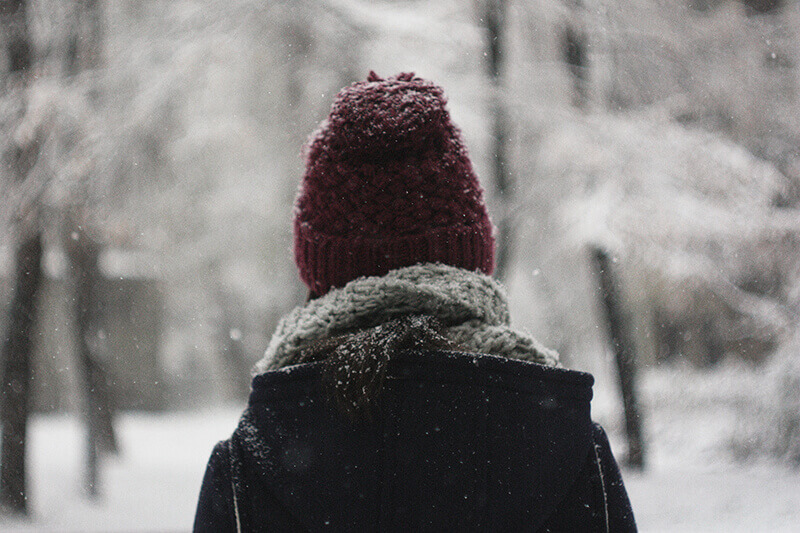January 29, 2019
It’s cold. Put on a hat. Seriously.
 Judith Myers-Walls, a professor emerita of human development and family studies at Purdue University, says there are a variety of ways to address the age-old debate of children not wanting to wear a coat, hat or gloves. Especially when the forecast predicts potentially life-threatening wind chills and temperatures. (Photo by Nazym Jumadilova)
Download image
Judith Myers-Walls, a professor emerita of human development and family studies at Purdue University, says there are a variety of ways to address the age-old debate of children not wanting to wear a coat, hat or gloves. Especially when the forecast predicts potentially life-threatening wind chills and temperatures. (Photo by Nazym Jumadilova)
Download image
WEST LAFAYETTE, Ind. — It’s a chorus repeated frequently by parents to their children during cold weather: “Where are your hat and gloves? Why don’t you have your coat on and zipped up?”
But as a large part of the United States prepares for dangerous subzero winter weather, those overused parenting lines will make a grand comeback this week.
Judith Myers-Walls, a professor emerita of human development and family studies at Purdue University, says there are a variety of ways to address the age-old debate of children not wanting to wear a coat, hat or gloves. Especially when the forecast predicts potentially life-threatening wind chills and temperatures.
The age of the child will determine an appropriate response.
For younger children, putting on winter gear might mean a loss of freedom as they can’t move around easily. For older children, it might mean they have to stop playing or working on projects to get ready.
“Sometimes, you don’t get to make any decisions,” Myers-Walls said.
For older elementary children and adolescents, it can be more complicated, ranging from style issues to not having enough space in a locker to hold the coat.
“Coats can be an image or a style statement,” she said. “You need to look right. Maybe a coat covers up your look or it might be a part of it, but it is more important on how it looks than how warm it is.”
It might seem as if more children and teens are not using coats or hats, but Myers-Walls points out a lot of them are not spending as much time outside as you might think.
“A lot of parents drive their children to school or other activities, so they are dropped off at the door. Also, many youth don’t feel as cold as older adults do,” she said. “It will be different if they are going to stand by the road and wait for a bus for a while.”
Older elementary school children and adolescents are in the “bravado stage,” said Myers-Walls. “They say, ‘I’m OK, I can handle anything, I am strong.’”
But when the weather becomes as potentially cold and dangerous with chances of frostbite happening in about 10 minutes, this is where parents and caregivers need to explain the physiological effects of cold weather.
“There are some true dangers to be aware of,” Myers-Walls said. “Parents need to provide education on weather and safety issues. Be smart about it, know what to do. Encourage them to have a coat in the car if they drive.
“Give them an emergency kit, but also teach them how to use the things in it. Teenagers don’t think they will ever have an emergency.”
Older adults can also be models of behavior. Myers-Walls suggests working with grandparents or other caregivers in making a game about putting winter accessories on children. Often, they don’t realize they can be a great help.
“Talk to them and share your concerns,” she said. “Make them a part of the team.”
Writer: Matthew Oates, (765) 496-2571, oatesw@purdue.edu, @mo_oates
Source: Judith Myers-Walls, jmyerswa@purdue.edu

